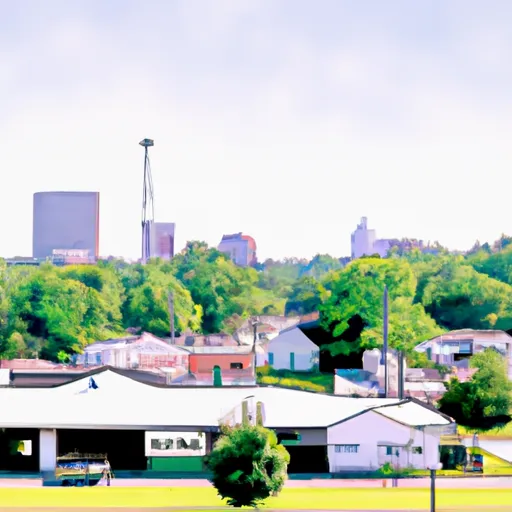°F
°F
mph
Windspeed
%
Humidity











Dodson is a small town located in Winn Parish, Louisiana. The climate in Dodson is characterized by hot and humid summers and mild winters. The area is abundant in water resources, with the Dugdemona River and several creeks running through the town. The hydrology constituents include high levels of sediment, nutrients, and bacteria. Despite this, the river and creeks provide opportunities for fishing, kayaking, and boating. Additionally, the nearby Kisatchie National Forest offers hiking and camping opportunities for outdoor enthusiasts.
Weather Forecast
Dodson receives approximately 1509mm of rain per year, with humidity levels near 86% and air temperatures averaging around 19°C. Dodson has a plant hardyness factor of 8, meaning plants and agriculture in this region tend to thrive here all year round.
Regional Streamflow Levels
158
Cubic Feet Per Second
1,470
Cubic Feet Per Second
23,800
Cubic Feet Per Second
65
Cubic Feet Per Second
Nearby Camping
| Camping Area | Reservations | Toilets | Showers |
|---|---|---|---|
| John Blank Sportsman Park | |||
| Cotile Rec Area | |||
| Loran Site Complex | |||
| Rapides Coliseum | |||
| Crooked Creek Rec Area | |||
| Evangeline Camp Complex |



